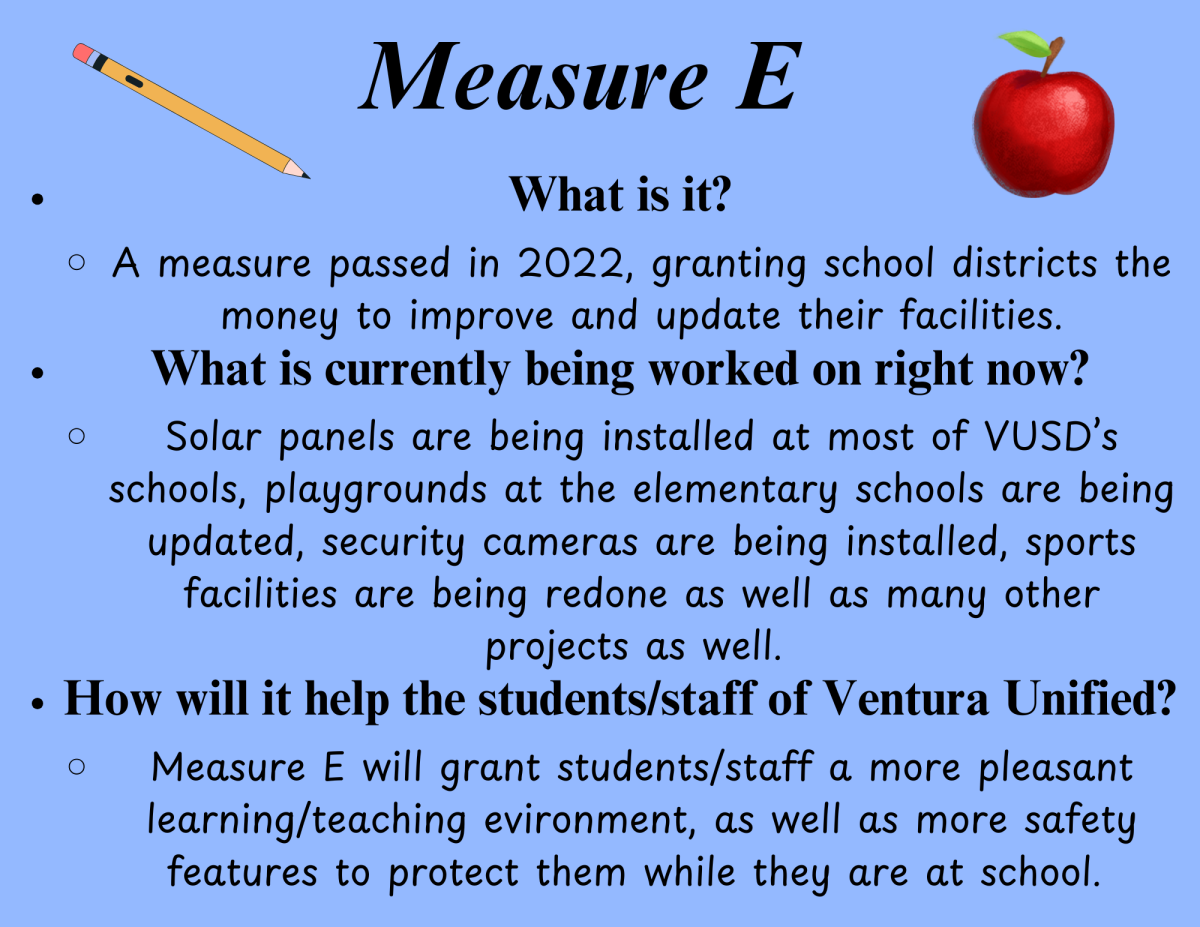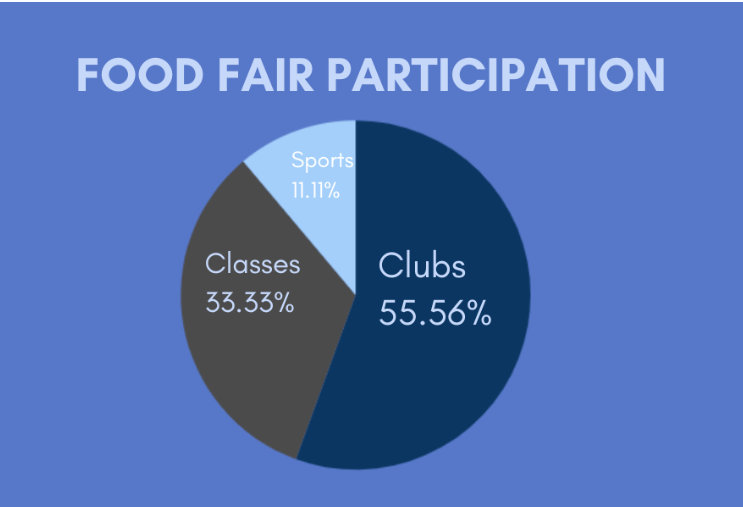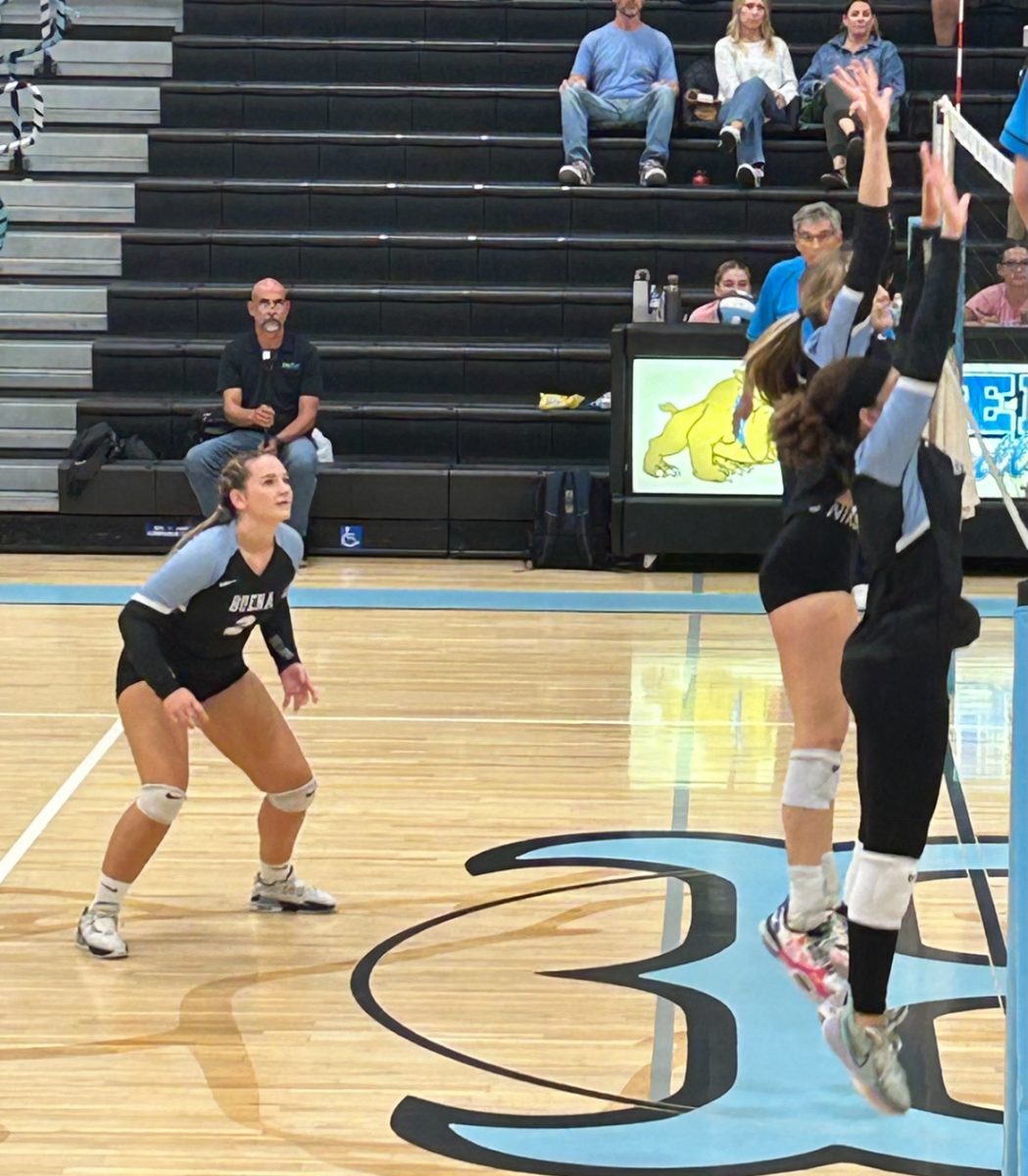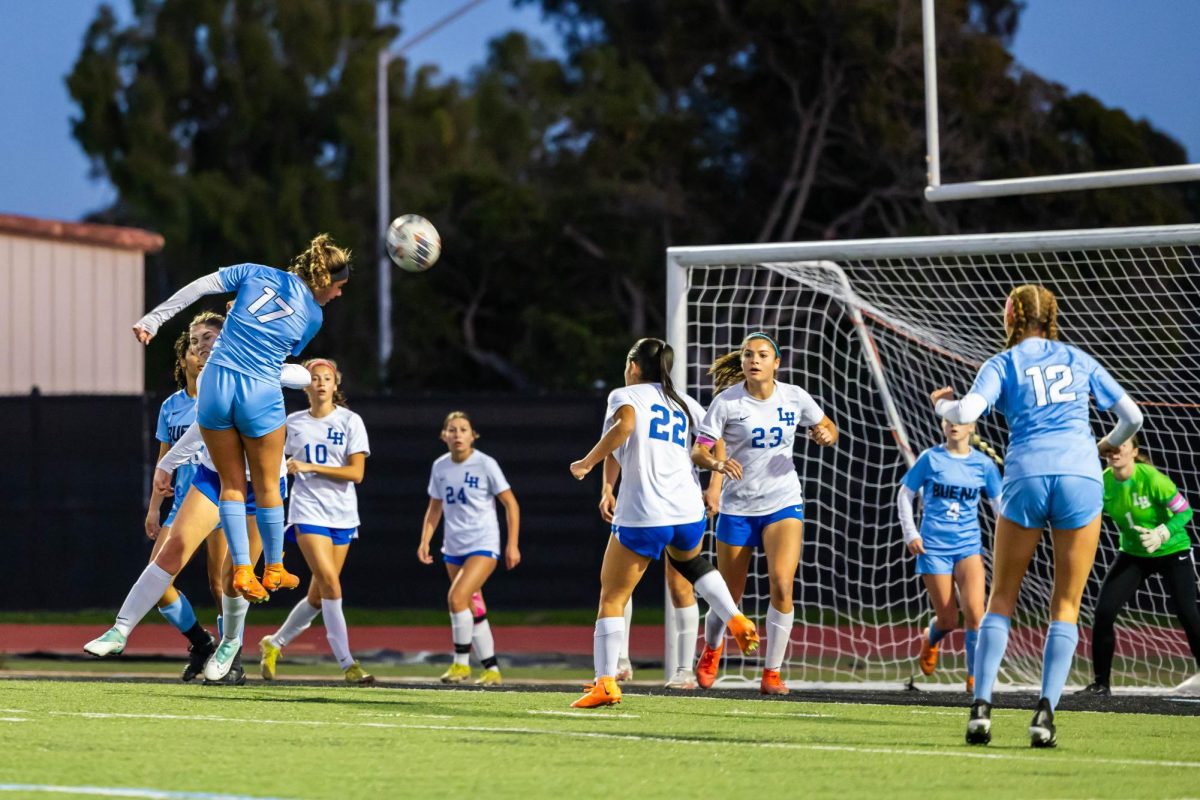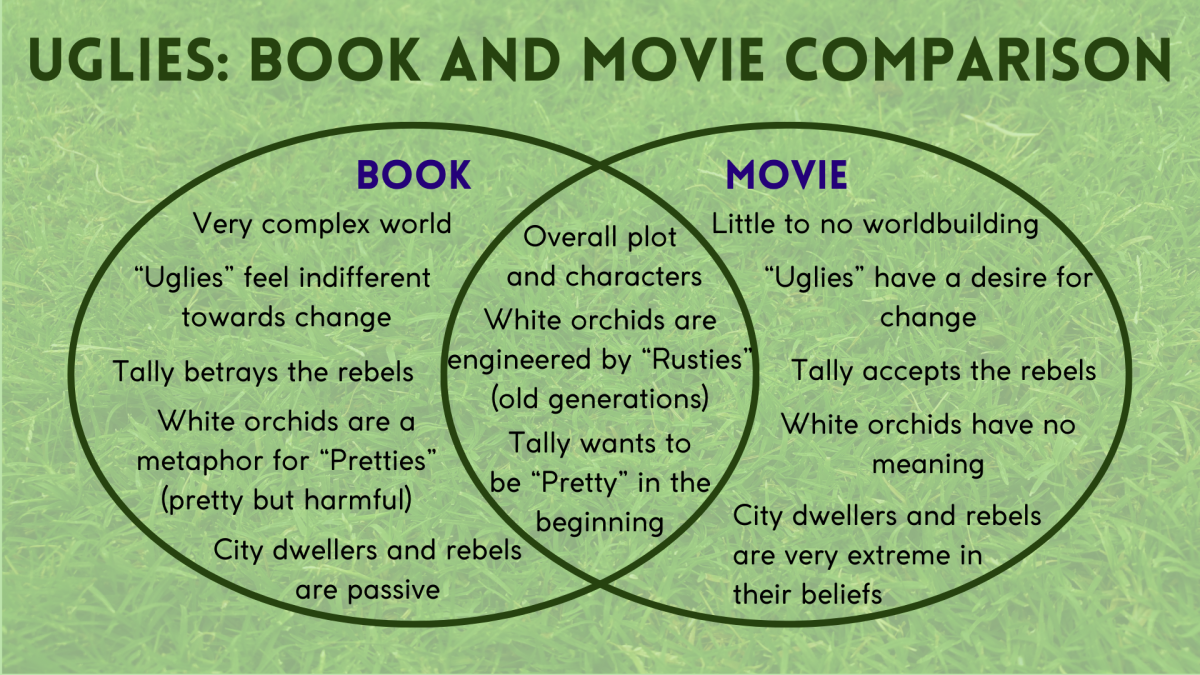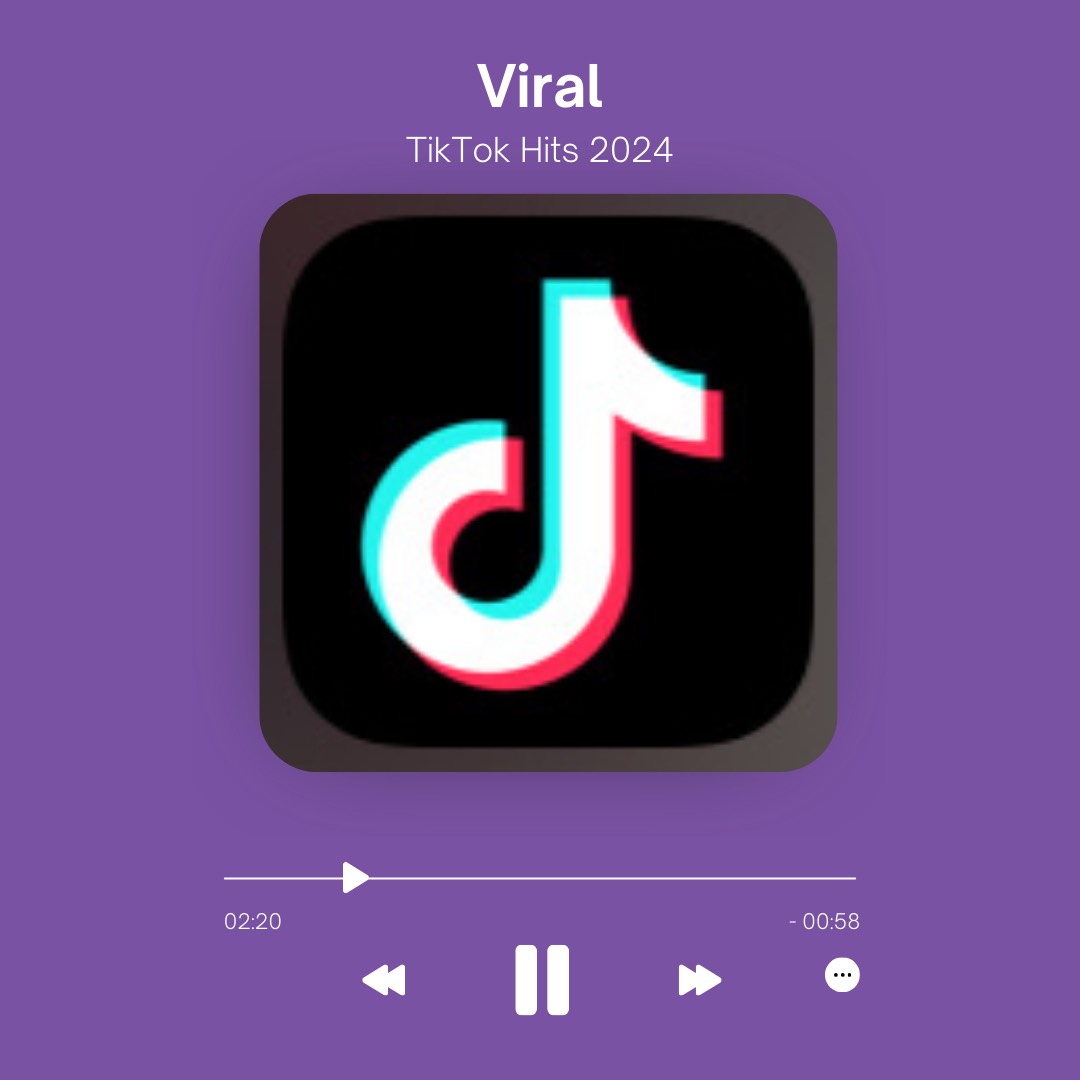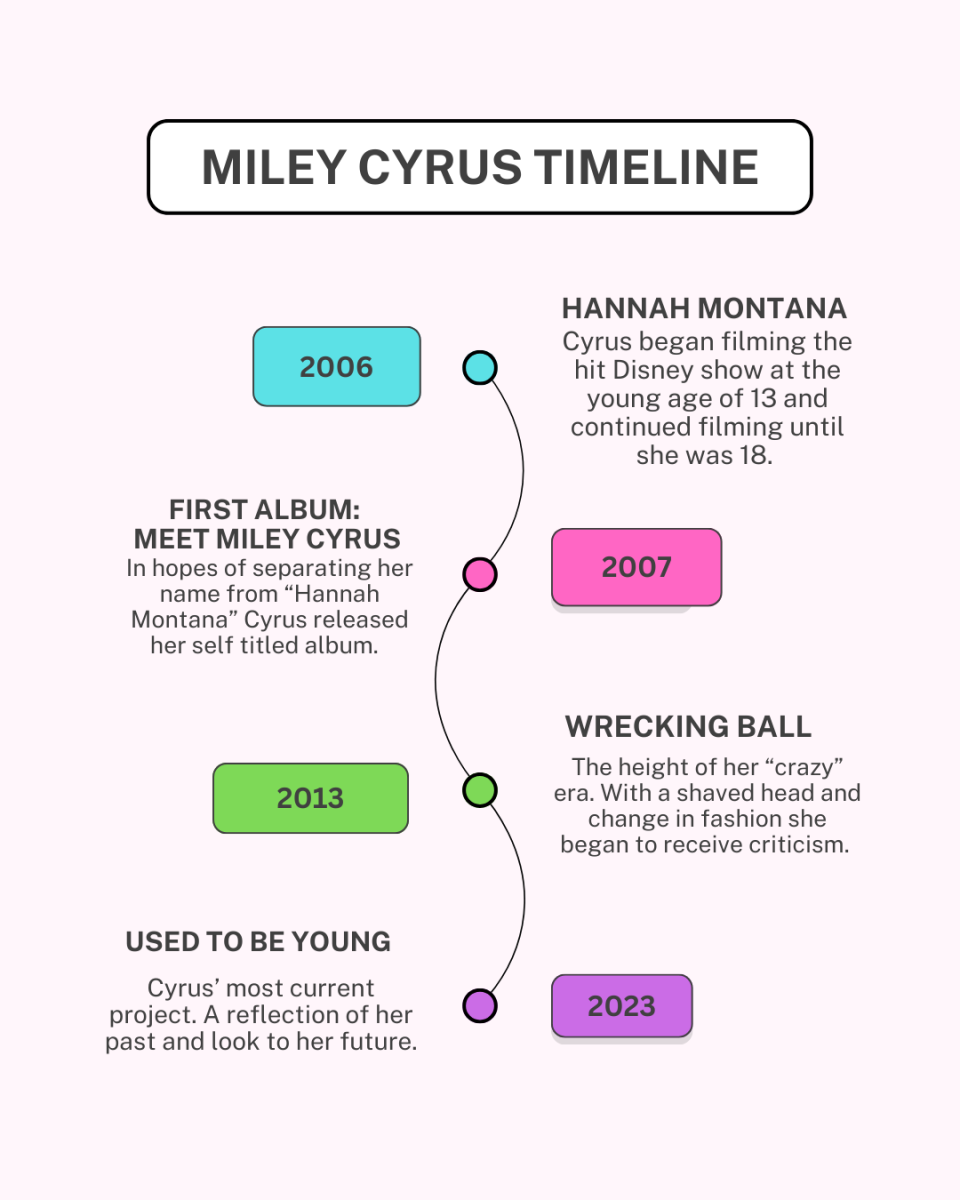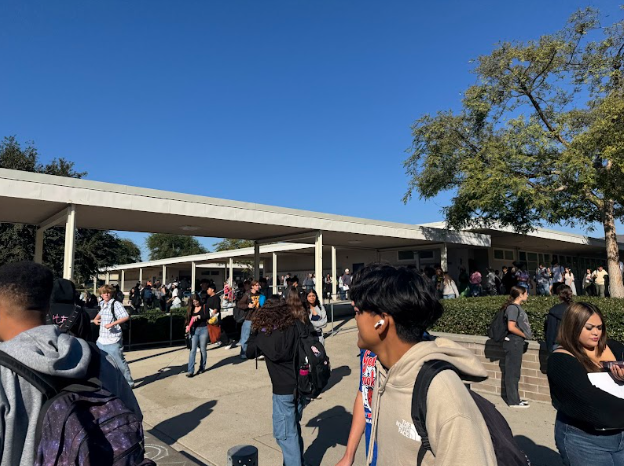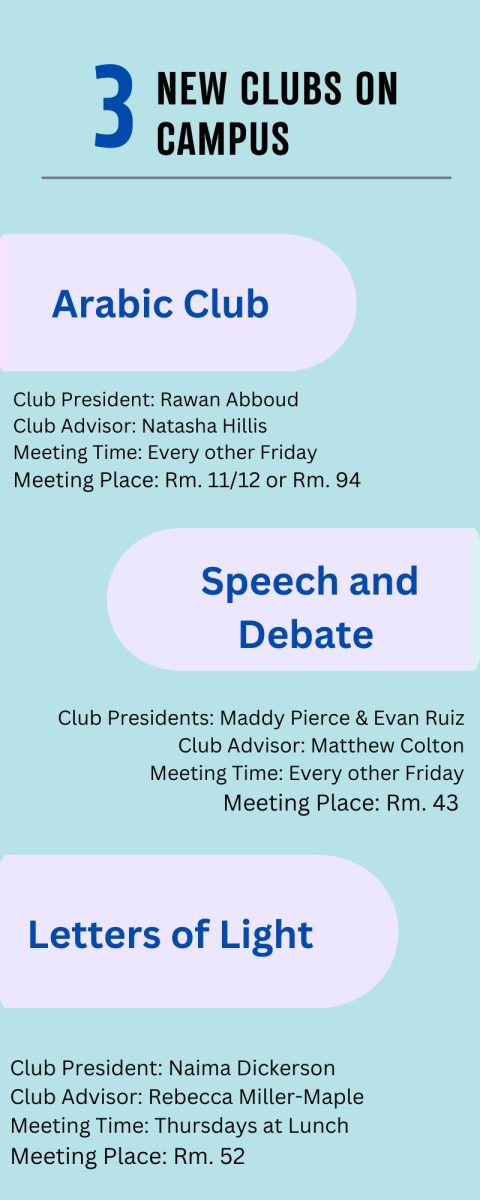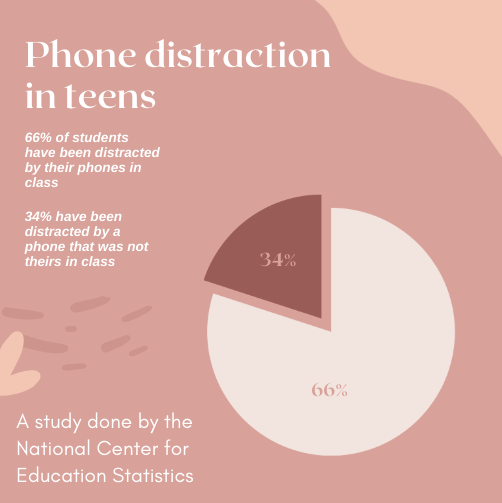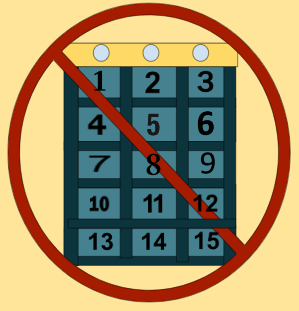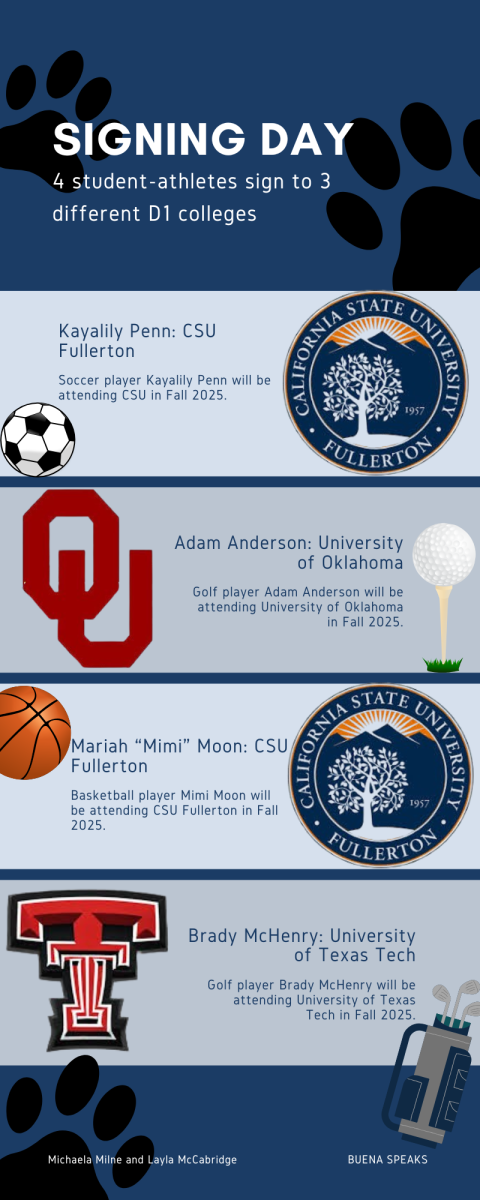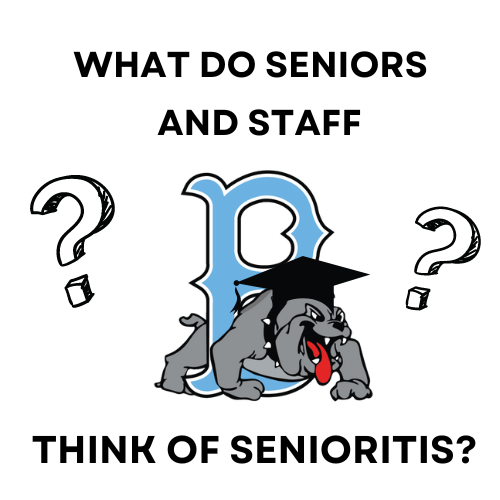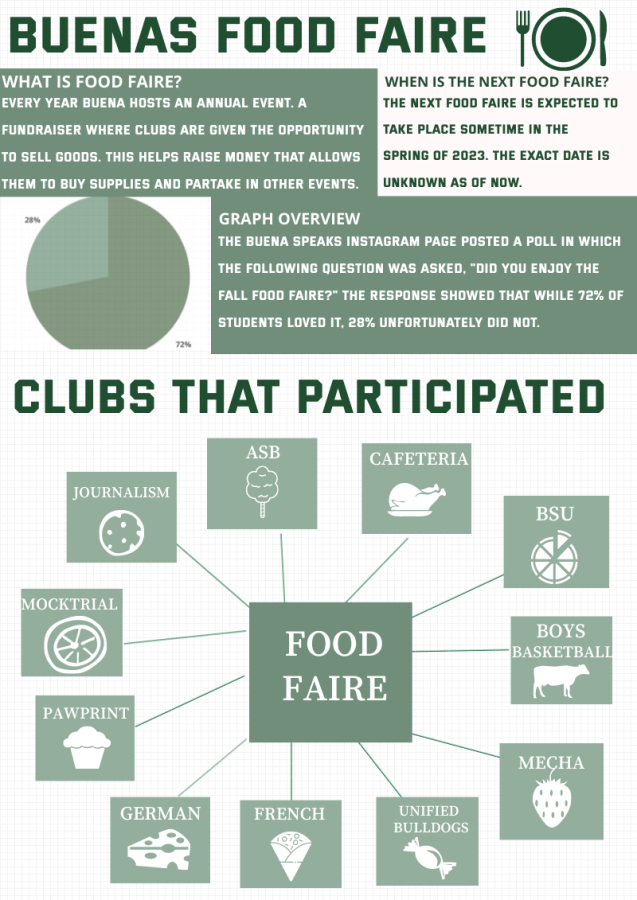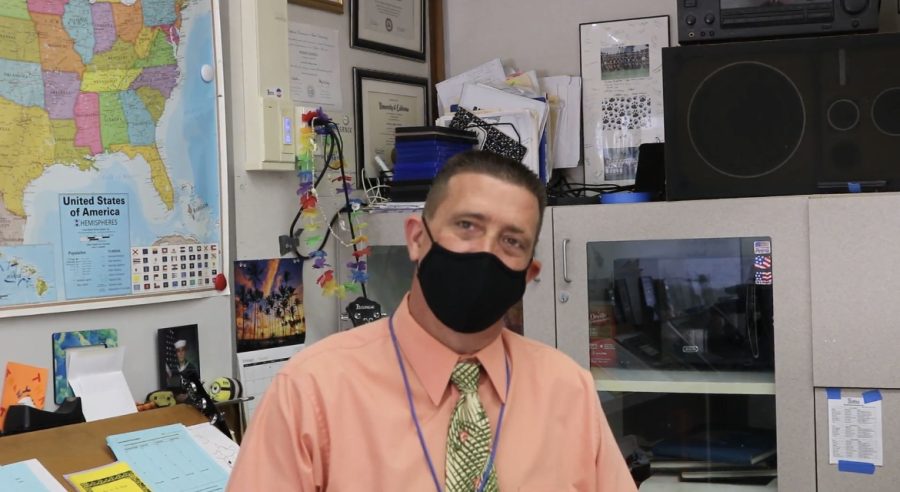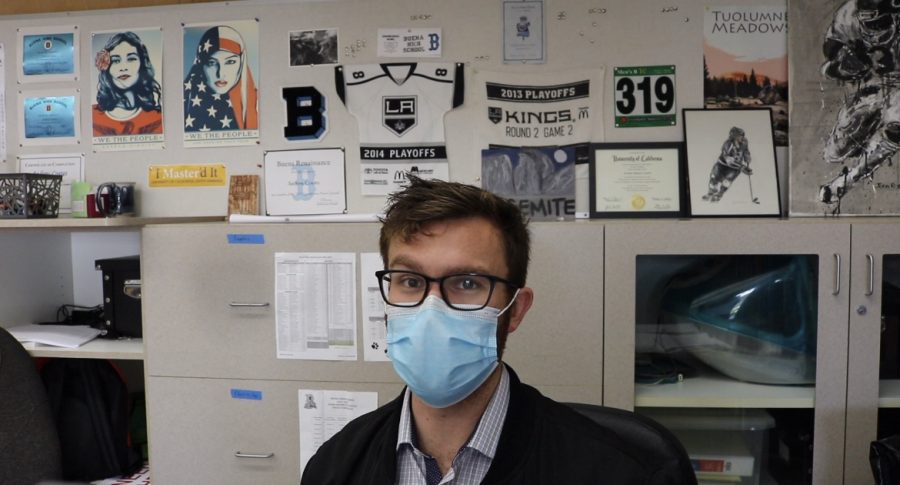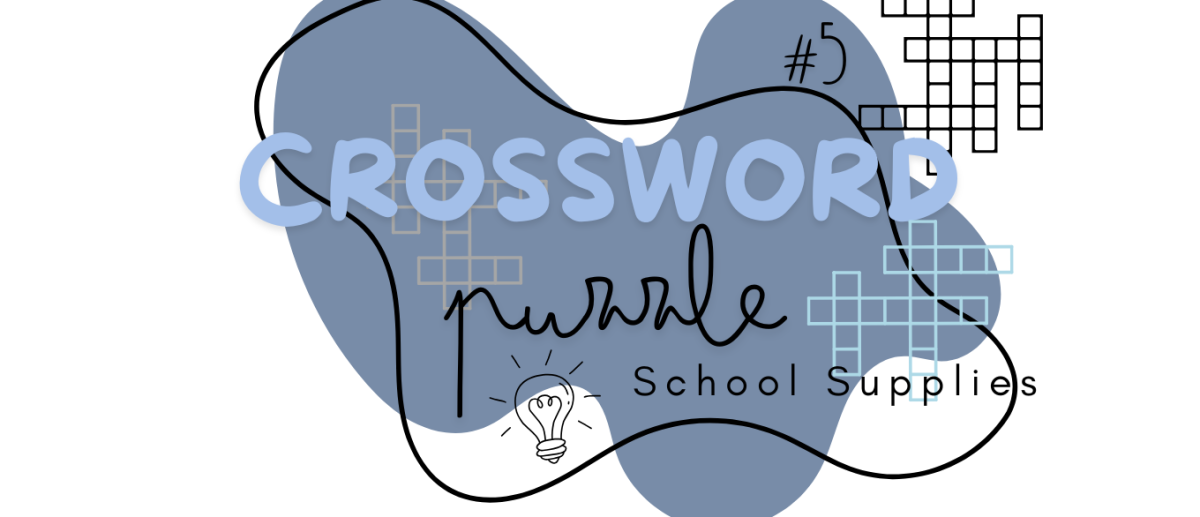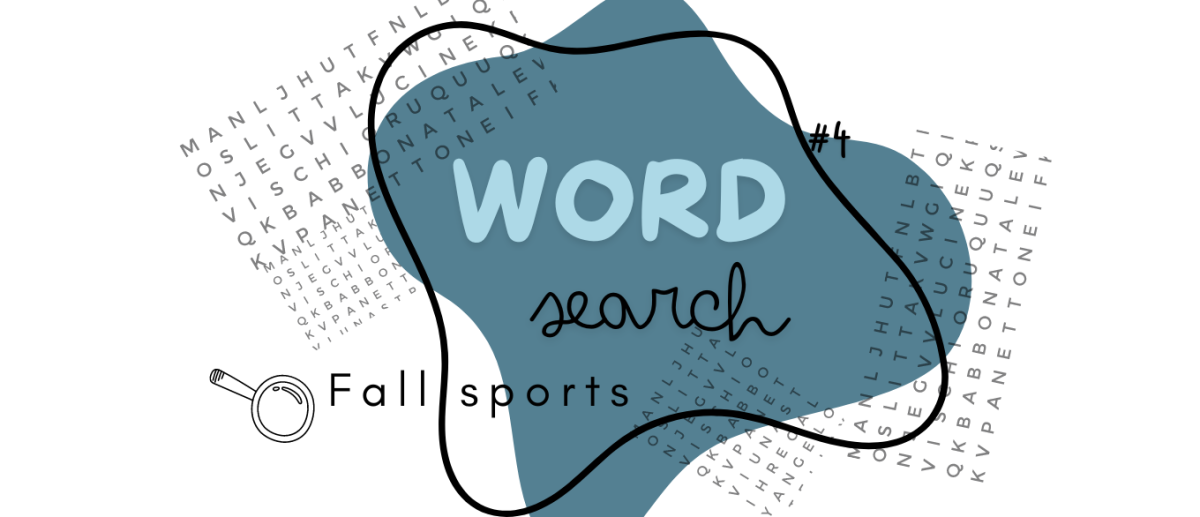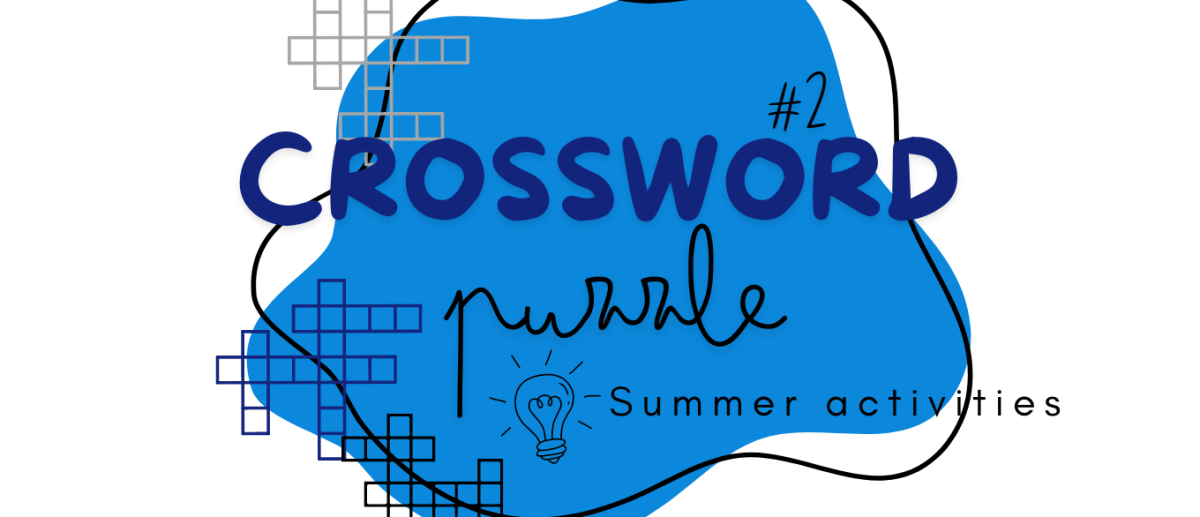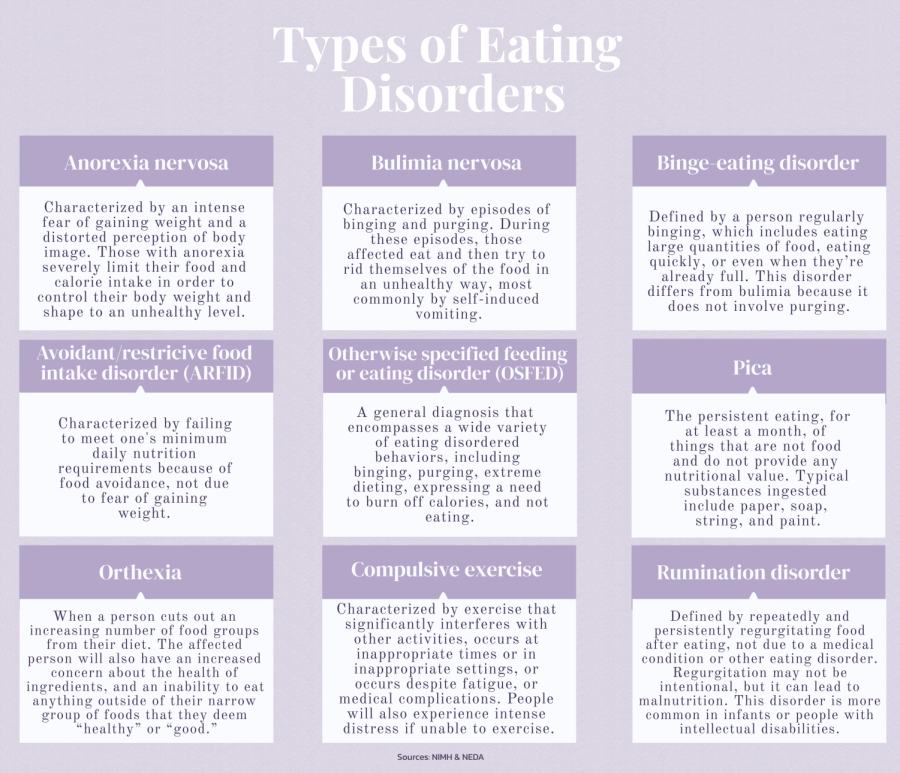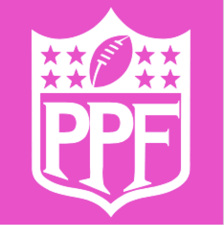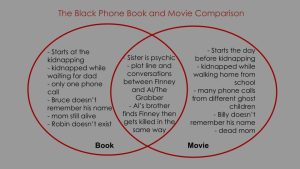Eating Disorder Awareness Week explained: support, resources, symptoms
Some of the most common types of eating disorders.
March 4, 2023
If you or someone you know may have an eating disorder, please call 1-800-931-2237 or seek medical attention.
According to the National Association of Anorexia Nervosa and Associated Disorders (ANAD), nine percent of people in the U.S. will have an eating disorder at sometime in their lives, and 35-57 percent of adolescent girls participate in disordered eating, including but not limited to crash dieting, fasting, and self-induced vomiting. Because of the prevalence of eating disorders, Eating Disorder Awareness Week (EDAW) happens annually to bring awareness to and support those with eating disorders. This year, it’s happening from Feb. 26 to Mar. 4.
In light of EDAW, it is important to understand what eating disorders are, and how serious they can be. As stated by the National Institute of Mental Health, eating disorders are “serious and often fatal illnesses that are associated with severe disturbances in people’s eating behaviors and related thoughts and emotions. Preoccupation with food, body weight, and shape may also signal an eating disorder.”
It’s a common misconception that eating disorders are a lifestyle choice, but they are actually the deadliest mental illness. Data shows that up to 10% of people in the U.S. with anorexia die within about 10 years of getting the disease, and up to 20% will die after 20 years. Eating disorders impact every demographic, but they especially affect members of the LGBTQ+ community, and adolescents, specifically girls. Demographics such as people of color, people in larger bodies, athletes, and men often have difficulty getting a formal diagnosis or reaching out for help.
The first step in getting help for an eating disorder is recognizing the symptoms or warning signs in yourself or others. The most common symptoms include social withdrawal, differences in weight, and odd behavior around meals. Seeking help is recommended if you are concerned about yourself or someone else.
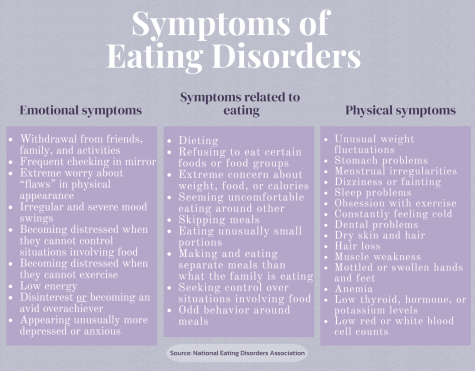
Eating disorders can be developed for many reasons. Stress, trauma, bullying, family pressures, mental illness, societal beauty standards, genetics, low self-esteem, and a loss of control in one’s life can all lead to the development of an eating disorder.
It can be difficult to know what to do when you think someone is struggling with an eating disorder, but the most important thing to do is let them know that you are there for them, and to not make assumptions. Be patient and understanding with them, and do not comment on their weight or body. These comments or assumptions about their relationship with food may hurt them and cause them to isolate themselves, possibly fueling their behavior more. Practical action steps you can take are including them in social activities, keeping meals as stress-free as possible, finding safe ways to talk to them about the issue, helping them find good information and outlets, and encouraging them to seek professional help.
If you think that you may have an eating disorder, a free resource is the national eating disorders helpline, 1-800-931-2237. It’s available to text or call, and offers free support. Their website also offers a free chat. You should also talk to someone you trust about it to try to get help, especially a parent, teacher, or other adult or mentor. If you can, you should seek professional help or mental health services. Professional help will likely be the most beneficial in starting the recovery process and giving you helpful advice.
Finally, Buena High has mental health resources available on campus. Speaking to a counselor or going to the Wellness Center is a good way to get help. Through the Wellness Center, you can even get a referral for therapy and have an opportunity to have access to therapists in the Wellness Center.
If you or someone you know struggles with an eating disorder or disordered eating, there are resources available out there, no one is ever alone.


